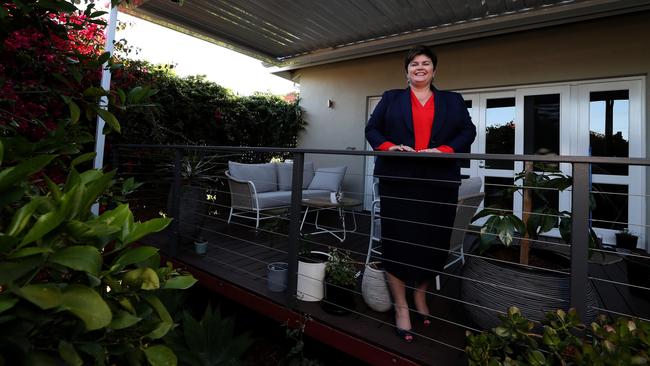Fundamentals point to Perth residential recovery
After several false dawns, the resurgence of Western Australia’s mining sector offers rays of hope in Perth’s housing market.

After several false dawns, the resurgence of Western Australia’s mining sector and steady increases in interstate migration are offering the first ray of hope of a genuine recovery in Perth’s housing market.
The city has suffered one of the most sustained downturns in the country, with residential property prices depressed for almost six years despite showing occasional signs of a rebound that never eventuated.
But now economists agree that improving fundamentals will see the market turn for the better next year. While prices are down 8.7 per cent annually, the month-on-month rate of decline is slowing, according to CoreLogic data. The number of sales has begun to trend higher from a low base.
Australian Bureau of Statistics data has shown the state’s population is on the rise, assisted by increasing migration. CoreLogic’s head of research, Tim Lawless, said this combined with renewed commodities activity will help to push down unemployment from current highs.
“At the moment, there is an improvement in the rate of decline and underlying fundamentals that, if they continue, is likely to result in values finally starting to recover,” Mr Lawless said.
“Commodity prices are holding up quite nicely. We’re seeing stronger demand coming in from migration and that generally can have quite a bit of momentum behind it. We’re still seeing interest rates holding very low and also a very large amount of infrastructure spending happening around the Perth metro area.”
Similar observations were noted in 2016, but that ended up being a dead cat bounce as regulatory changes in lending designed to cool the booming Sydney and Melbourne markets had a dampening side-effect on the broader property market.
Housing Industry Association chief economist Tim Reardon said repeated hits to market confidence had caused the market to enter a depressed state.
“What’s happening at the moment is the marketing in Perth is talking itself into a downturn,” Mr Reardon said.
“People haven’t seen a house price rise for so long now that they’ve lost confidence in the market delivering that to them.”
But Mr Lawless said that in today’s market, current trends could return Perth to positive territory in the next 12 months.“Assuming the trend continues, the market probably will level out maybe even by the end of this calendar year or early next year,” he said.
Foot traffic through open homes is on the rise, The Agency’s West Australian general manager Stuart Cox said. After a six-month lull following the election, eastern seaboard confidence is slowly moving west.
“We need a general upturn in confidence before we see any signs of confidence in the market, but all the factors and indicators are there,” he said.
Perth has been home to Kate Callaghan since January. She purchased her house in the city’s northern suburbs through buyer’s agent Matthew Hughes, who helped her enter the market after she had spent several years working abroad. “I didn’t know the market and I was starting from a blank piece of paper,” Ms Callaghan said. “I wanted to move quite quickly. I think Perth has a very enviable lifestyle. In terms of the economy … there is an optimism that things might come good, but maybe people aren’t quite ready yet.”
Construction is already feeling increased confidence, with gross state final demand for detached housing returning to the positive for the first time in a number of years.
The HIA’s Mr Reardon expects “very modest levels of growth in new home building activity” over the coming years.




To join the conversation, please log in. Don't have an account? Register
Join the conversation, you are commenting as Logout